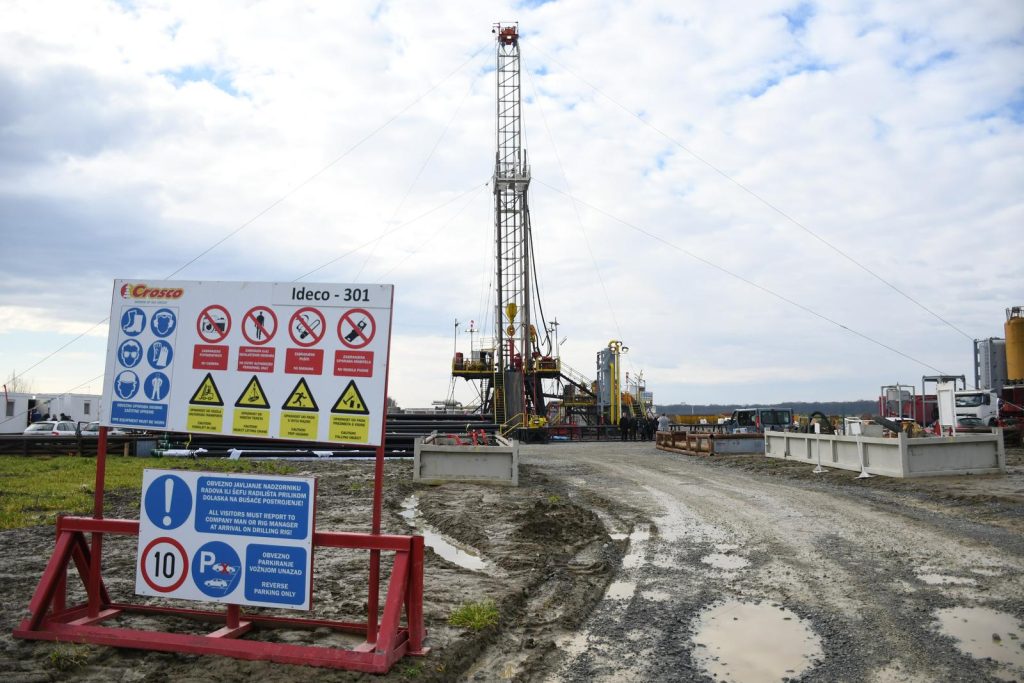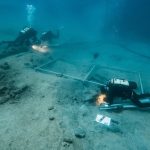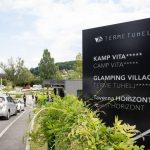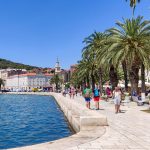December the 8th, 2024 – Croatian geothermal resources are one of this country’s very many natural trump cards. In spite of that fact, Croatia is still getting in its own way.
As Poslovni Dnevnik/Ivan Brodic writes, Europe has been in a turbulent geopolitical area for a while now, and new potential price and supply crises have been dominating. As a result of these tumultuous times, the European Union has been busy reviewing its energy strategy across the board.
The key challenge of this extensive review is ensuring energy security and sustainability and, in the second step, the path towards the ideal of complete energy independence. Geothermal energy, as a renewable and stable energy source, stands out as a significant component. Croatian geothermal resources are enormous, but (surprise, surprise) it appears that we’re still missing something.
Of the current EU Member States, Croatian geothermal resources stand out. This small central European country boasts plenty of natural riches, and geothermal resources are close to the top of the list. In addition, it’s also one of the very few countries in which the geothermal gradient is of an exceptionally high quality, up to 60 percent higher quality than the European geothermal sector average. Croatian knowledge when it comes to geothermal exploration and exploitation, as well as a fairly good record of existing capacities, is also of particularly high quality.
As such, Croatian geothermal resources could quite easily become a significant ingredient for strengthening European energy strategies towards sustainability, security and independence. All of that is wrapped up in the ribbon of joint efforts to achieve a low-carbon, and even zero-emission, economy by the middle of this century.
It isn’t lost on the powers that be within the European Union that Croatian geothermal resources are abundant. Nor is it lost on them that geothermal energy in general has occupied a very prominent place in key energy strategy documents. It is, in fact, considered one of the most important ingredients for the EU’s ambitious decarbonisation plans, especially when looking at the heating and cooling sector.
In order to actually achieve something with these efforts, which, admittedly, don’t have legal force, but rather the force of a joint recommendation, proper investments are key. For effective investments and their attraction, it’s going to be crucial to facilitate regulatory and administrative processes, as well as ensure the goals of national geothermal energy capacities. The latter is very important for investors in closing the financial construction of project feasibility.
The latter will be attempted to be crystallised during a public debate, which is currently underway and should end next week.
For now, the proposed capacities for this country are 68 MW by 2030, 318 MW by 2040 and 405 MW by 2050. These capacities do represent progress, at least for the first phase, but they’re considered small in the eyes of investors.
These numbers unfortunately send out an entirely incorrect picture of Croatian geothermal resources to future investors. The Hydrocarbon Agency (AZU) has estimated that 600,000 MWh of electricity could be produced in Croatia. That would span an impressive 75 geothermal areas, and attract investments of around 400 million euros.
Of the proposed capacities by the end of this decade, the only operational geothermal power plant (although burdened by the typical Croatian legal epilogue of inter-ownership disputes) occupies a capacity of around 10 MW. The remaining up to 68 MW will be occupied by a Croatian investor who is currently in the advanced stage of a project for two new geothermal power plants.
There are currently no serious investors interested in 130 MW in the Republic of Croatia. That would imply some seriously developed projects in a high stage of readiness, accompanied by serious financial guarantees. Frustratingly, AZU has issued permits for the above, and the Hrvoje Požar Institute has assessed it as a realistic expectation. With all that in mind, the only question that now arises is where the documents that Croatia’s ‘decision makers’ have put up for public debate are stuck?
Realising the above and properly investing in and exploiting Croatian geothermal resources would enable better use of the country’s so-called “God-given” resources. It would also accelerate the EU’s decarbonisation plans, and make a major contribution to Croatia’s European energy and climate efforts. Through a long-term vision of a better relationship towards investments, realisation would also have a major multiplicative effect on the Croatian economy, and thus on further GDP growth.
As with most things in Croatia, these plans which should be far more simple have become overly complicated and burdensome. The reluctance shown through this public debate to encourage investments in a part of the energy sector where Croatia has a very high-quality resource is as astounding as it is irritating.
Croatian geothermal resources are vast, and the country boasts ”homegrown” knowledge of geothermal exploitation. That winning combination makes the obvious conservatism towards it even more confusing.









